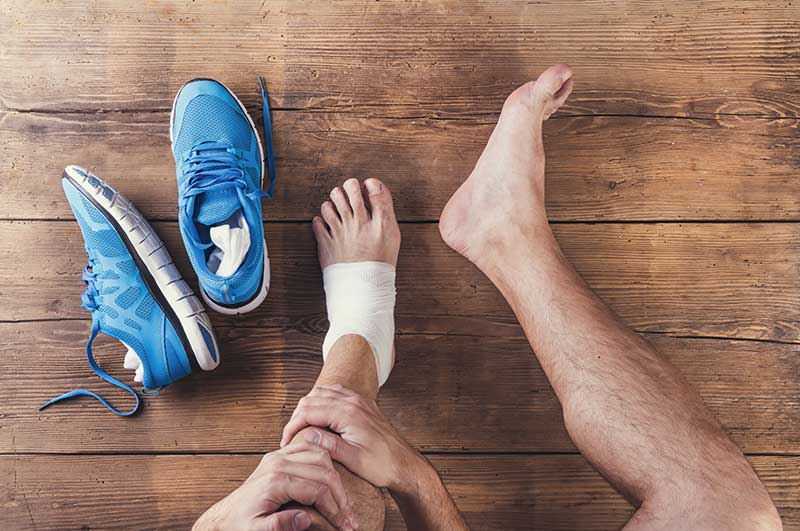
Orthotic shoe inserts are designed to make standing and walking easier. They are often prescribed as part of a conservative treatment plan for foot disorders and may be used for foot protection after surgery.
Request an AppointmentNeed for Soft Orthotics
Soft orthotics are made of pliable and compressible materials like gel, foam, and cloth. They help relieve foot pain and address minor foot problems.
Soft orthotics may be beneficial for individuals with:
- Bunions
- Chronic sores on the feet
- Corns
- Warts
They are particularly effective for those with:
- Arthritis
- Deformed feet
- Diabetes
Athletes and those who exercise regularly may also benefit from soft orthotics as they help reduce tension from activities like running, jumping, and stopping.
How Soft Orthotics Work
Soft orthotics help:
- Absorb shock
- Increase balance
- Relieve pressure on sensitive areas of the feet
They are made of soft, cushiony materials and worn against the sole of the foot. Some are available over-the-counter, while others can be custom-made using a plaster mold of the foot. They help protect the feet and reduce friction between shoes and skin, which is especially important for people with diabetes.
Advantages of Soft Orthotics
Soft orthotics are pliable and adapt to shifts in body weight. Their cushiony material is effective in protecting deformed or arthritic feet that may lack a natural fat pad.
Disadvantages of Soft Orthotics
Soft orthotics need to be replaced periodically. They are bulkier than rigid orthotics and may require more space in shoes or custom footwear.